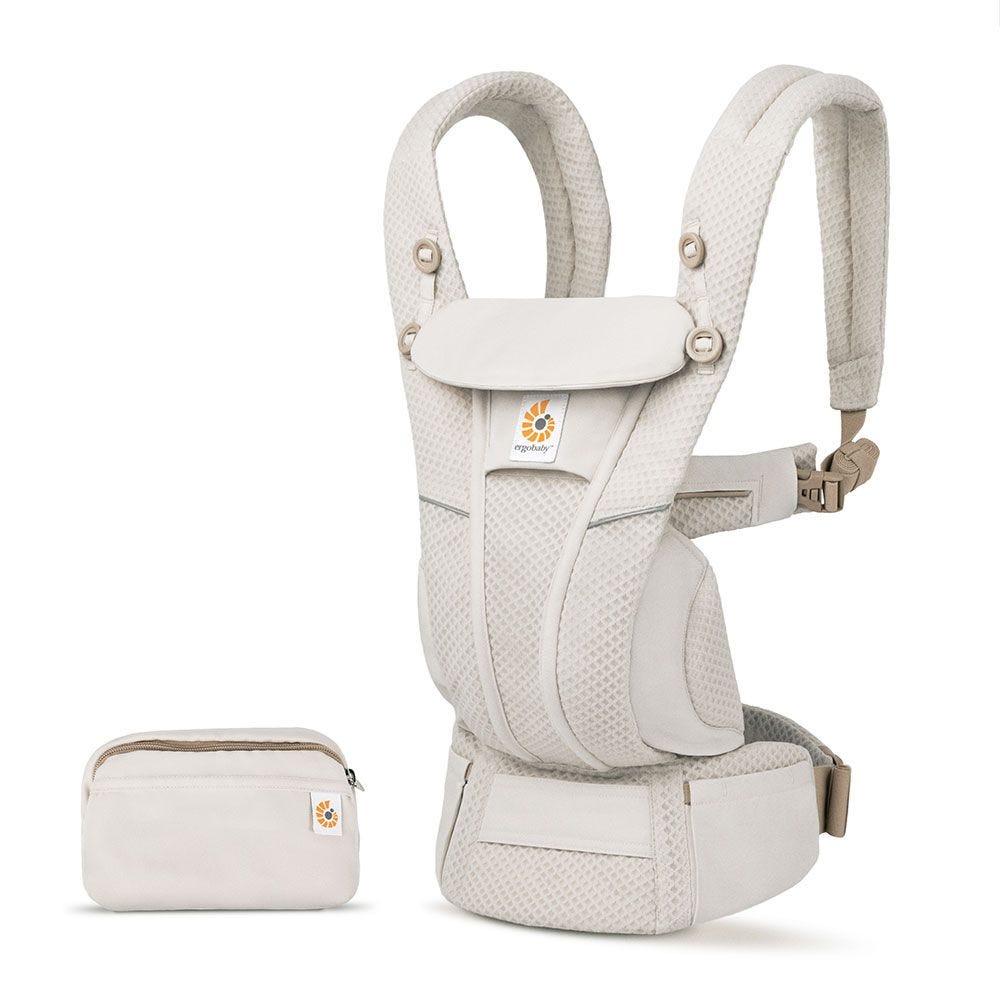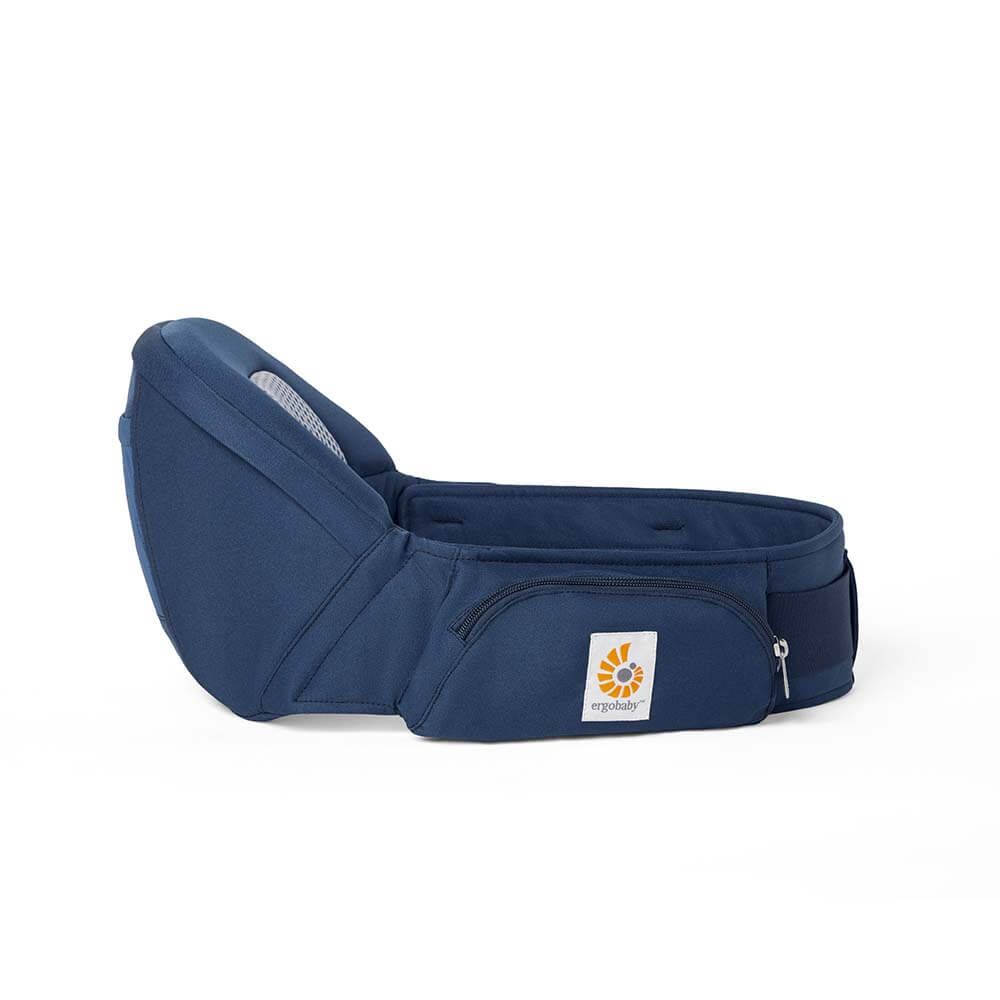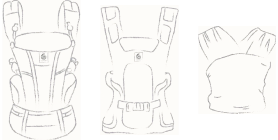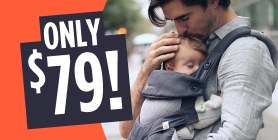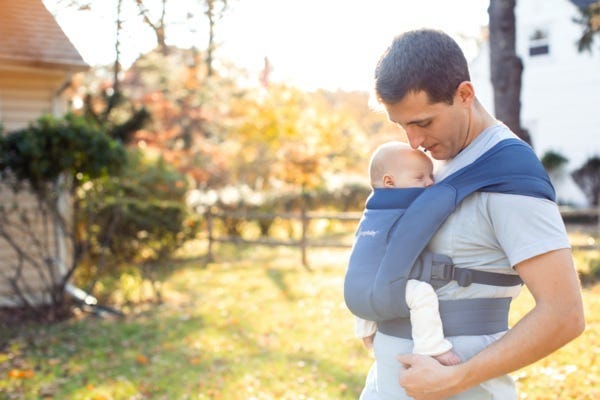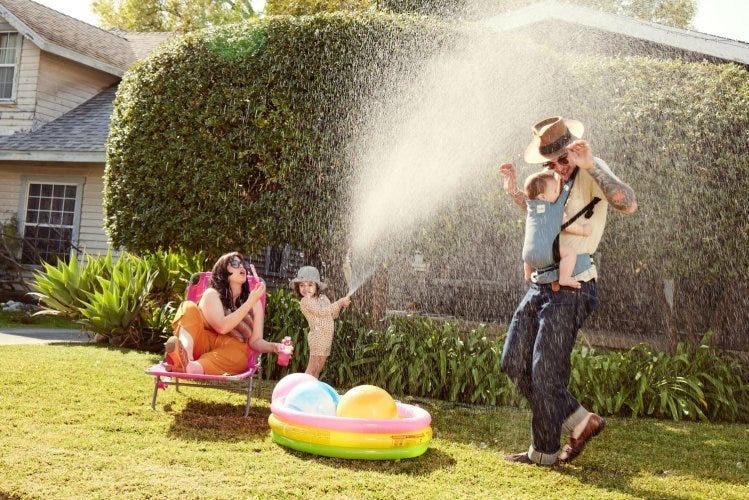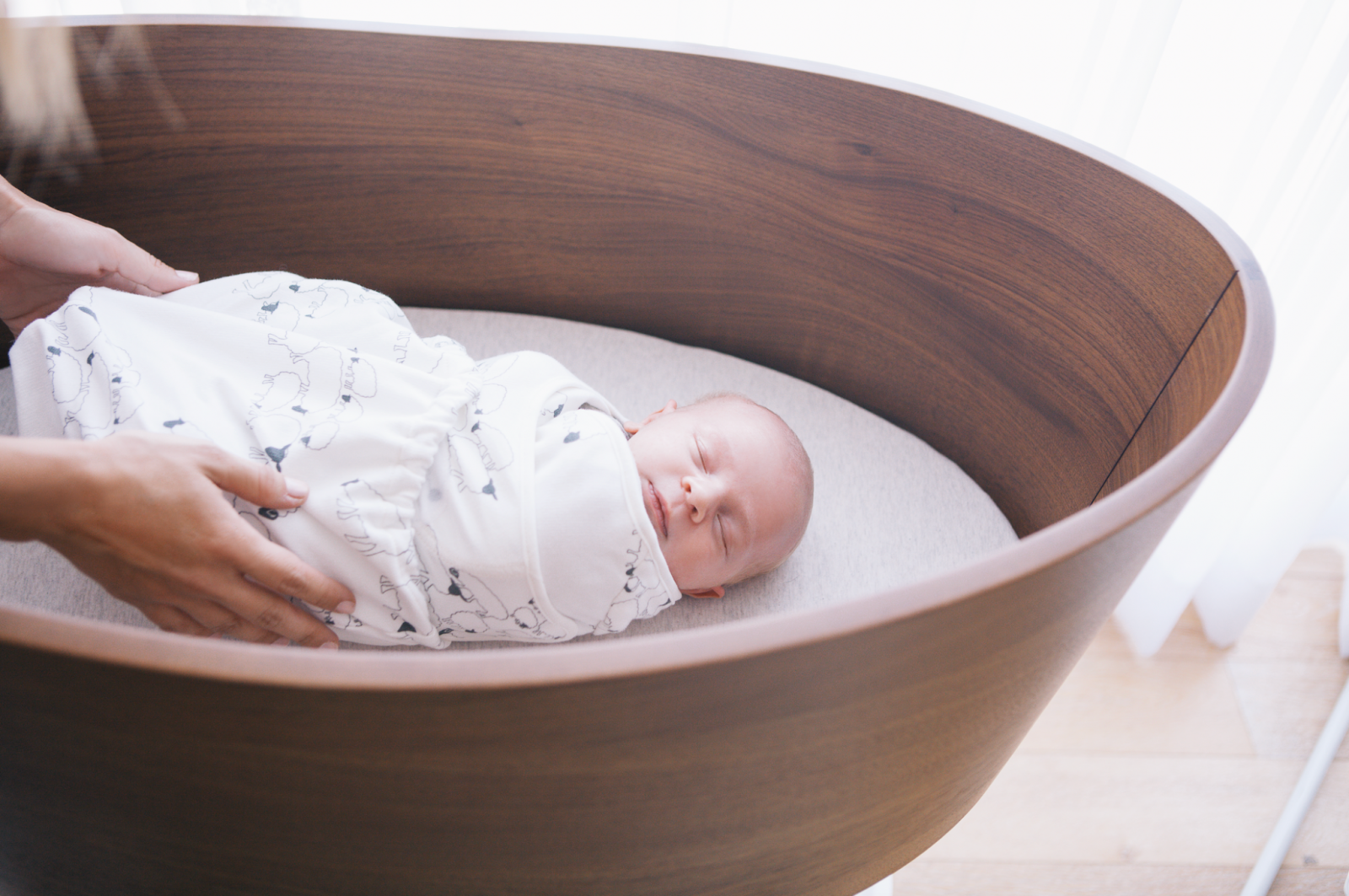
Who doesn’t love the end of Daylight Saving Time in autumn? Parents of babies, that’s who. While most everyone else in the U.S. enjoys falling back an hour and thus getting an extra hour of sleep, babies have yet to get the memo that they’re supposed to sleep in the next morning.
If you have yet to experience a Daylight Saving Time, whether springing forward or falling back with a baby, then you may be wondering how one little hour can throw off your baby’s sleep schedule. From the personal experiences of mothers everywhere, if your baby isn’t prepared, they can go from a good sleeper to a bad sleeper overnight. Your baby may have a harder time falling asleep or they may start waking up an hour early every morning. Not even a morning and an afternoon caffeine pick-me-up can help you get through those long days and nights. And it can take up to two weeks before your baby is back to their normal sleep schedule.
Sleep matters – for your baby and you! So, if you want to help your baby continue being a good sleeper through Daylight Saving Time and the ensuing holidays, follow these tips and tricks to maintain good sleep routines for your baby.
How to Prepare Your Baby for Daylight Saving Time
1. Have a solid sleep foundation beforehand.
You can’t expect to have a good sleeper during and after Daylight Saving Time (DST) if your baby isn’t already sleeping well. With a solid sleep foundation set before DST, which includes having a consistent bedtime routine and sleeping in a dark room, your baby will have a better chance of sleeping soundly through the time change.
All About Baby Carriers for Nature Adventures
2. Start adjusting your baby’s schedule one week before the time change.
The Monday or Tuesday before Daylight Saving Time ends, gradually move your baby’s daily schedule ahead by 10-15 minutes each day. (For the beginning of daylight savings, you'll want to push their schedule back.) Some babies will do fine with such a short shift, but if your baby wakes up a little earlier in the morning or from a nap, then you can try holding them in their room until it’s time to wake up. You can also try letting them hang out in their crib for as long as it’s safe and you feel comfortable to help mitigate early wakeups.
Factors to Consider:
- Baby’s Age and Weight: Ensure the carrier is appropriate for your baby’s size and weight. For example, Ergobaby’s Embrace Newborn Carrier is perfect for the fourth trimester where baby is small and you’re looking for an easy way to stay close. As they grow, you’ll want to upgrade to an all-position carrier that’s meant for growing babies.
- Parent’s Comfort and Ergonomics: Look for carriers with padded shoulder straps and lumbar support if you’re planning on longer outings.
- Ease of Use: Choose a carrier that is easy to put on and take off.
- Climate and Breathability: Opt for carriers made of breathable fabrics to keep you and your baby cool in hot weather.
Some stay-at-home and work-from-home parents who have more flexibility can play catch-up by adjusting their baby’s schedule after Daylight Savings begins or ends. To do it this way, stick with the same advice given above, adjusting your baby’s schedule by 10-15 minutes every day for a week, starting on the first day the time changes.
3. Extend your baby’s wake windows the weekend of Daylight Saving Time.
If you don’t want to do daily adjustments the week leading up to DST, some sleep experts, like Cara Dumaplin from Taking Cara Babies, suggest a second option—extend your baby’s wake windows the weekend before the time change. And it’s as simple as it sounds. Simply extend your baby’s wake windows (the time when they’re awake in between their naps and bedtime) by about 15 minutes. So, if your baby’s typical wake window is 3 hours, then you try to keep them awake for 3 hours and 15 minutes. Cara does say that if on Sunday your baby is ready for bed at 6:30 p.m., even if bedtime is usually 7 p.m., it’s OK to put them to bed at 6:30. Even with the clocks going back an hour, she says it’s more likely that your baby will sleep later than if you put them to bed overtired.[1]
4. Don’t cut out or shorten naps.
Adjusting your baby’s daily schedule or extending their wake windows doesn’t mean you should shorten or cut any naps. Naps are precious – for parents and babies! And if you cut out or shorten a nap and your baby still sleeps the same amount (or less), then you and your baby will be more deprived than if you let them keep their nap routine.
5. Stay consistent with your regular bedtime routine.
Exploring Nature with a Baby Carrier
Ideal Spots for a Nature Walk with Baby
- Parks and Gardens: Great for leisurely walks and picnics.
- Nature Trails and Forests: Perfect for more adventurous outings.
- Beaches and Lakesides: Wonderful for enjoying the water and sand, with the right carrier.
Activity Ideas
- Hiking: Enjoy a scenic hike with a hiking baby carrier that offers support and storage.
- Bird Watching: Use your carrier to keep your baby close while you explore and observe wildlife.
- Picnics: A carrier can free up your hands, making it easier to carry picnic supplies.


Advantages of Using Strollers for Nature Adventures
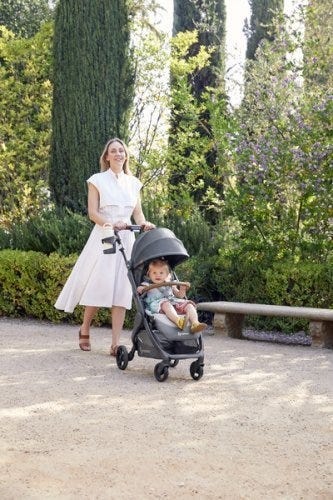

While baby carriers are fantastic for mobility and closeness, depending on the adventure of choice you might want to be a stroller along too.
There are a LOT of baby stroller options on the market. So we understand how confusing it can be to choose the one that’s right for your family. Not only are there a variety of brands, but a variety of strollers that serve different purposes.
There are a few types of strollers on the market:
- Full-sized stroller: This is typically the stroller parents thing of buying for all its versatility.
- Lightweight or umbrella stroller:These compact strollers are perfect for on-the-go adventures.
- Jogging stroller: Designed for parents who want to combine fitness with outdoor adventures.
- Double stroller: Designed for parents with multiple kids, especially twins.
- Car seat carrier: These strollers connect to a specific car seat. We don't typically recommend these as they can be unsafe for baby and uncomfortable for parents who are pushing.
Learn more about the types of strollers and which one would be best for you.
Consistency is good for babies. When your baby knows what’s coming, they are calmer. A calm baby is a lot easier to put to bed than a fussy one. So, whatever bedtime routine you’ve established, keep doing it. Even the simple pattern of bath, pajamas, feed, and swaddle prepares your baby for sleep no matter what time the clock says.
Combining Baby Carriers and Strollers
For the ultimate flexibility, consider using both a baby carrier and a stroller on your outings.
Combining both options allows you to adapt to different situations. Use the carrier for more rugged trails and switch to the stroller for smoother paths or when your baby needs a nap.
Transition Tips
- Smooth Transitions: Plan stops where you can easily switch from carrier to stroller.
- Pack Light: Only bring essentials to make transitions easier.
Tips for a Successful Adventure
Planning Ahead
- Route Planning: Choose baby-friendly trails and parks. Check local mom groups or outdoor groups and get recommendations for the best outings for kids.
- Check Weather Conditions: Avoid extreme heat or unpredictable weather. Even with our most breathable carriers, when it’s hot, it’s hot. And having two bodies against each other in the heat will be naturally hot and sticky already.
- Packing Checklist: Include diapers, snacks, water, sunscreen, and a first-aid kit. These all-position carriers have storage pockets where you can fit some of the items easily!
- Stay Hydrated and Nourished: Pack healthy snacks to keep energy levels up and bring plenty of water for both you and baby.
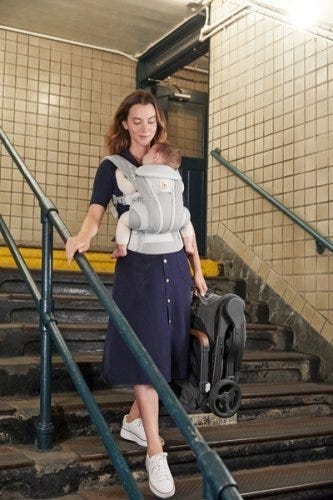

6. Keep your baby’s room dark.
The end of DST means it gets darker earlier, which could work in your favor to get your baby to sleep. But it also means the sun rises earlier, which could work against your good sleeper if the sun creeps in and wakes them up an hour earlier. If you don’t already have them, invest in blackout curtains. Also, remember that light helps reset your baby’s internal clock, so when it’s time for them to wake up make sure that you open those blackout curtains to let sunlight in.
7. Make sure you’re both well-rested before Daylight Saving Time.
Wouldn’t it be nice if you and your baby could sleep longer during the days leading up to the time change? Then those extra hours of sleep would come into play and make up for late nights or earlier wake-up times? Unfortunately, it doesn’t work that way. But you can plan your life so that in the week leading up to DST, you and your baby are getting plenty of sleep. That might mean saying no to family trips or date nights because these short-term sacrifices are worth it in the long run. If your baby is already overtired before the time change, adjusting to a new sleep schedule won’t be easy on either of you. A well-rested baby will better adapt to the time change.
When all else fails, babywear!
When your baby's airways are visible and the top of their adorable head is kissable, your baby can safely sleep in a baby carrier. And when schedules and naptimes are getting thrown off from a time change, wearing your baby can be a lifesaver. It helps regulate and calm their bodies and will also help boost your oxytocin during a generally stressful time!
Here's more info about babies sleeping in carriers.
Sources

